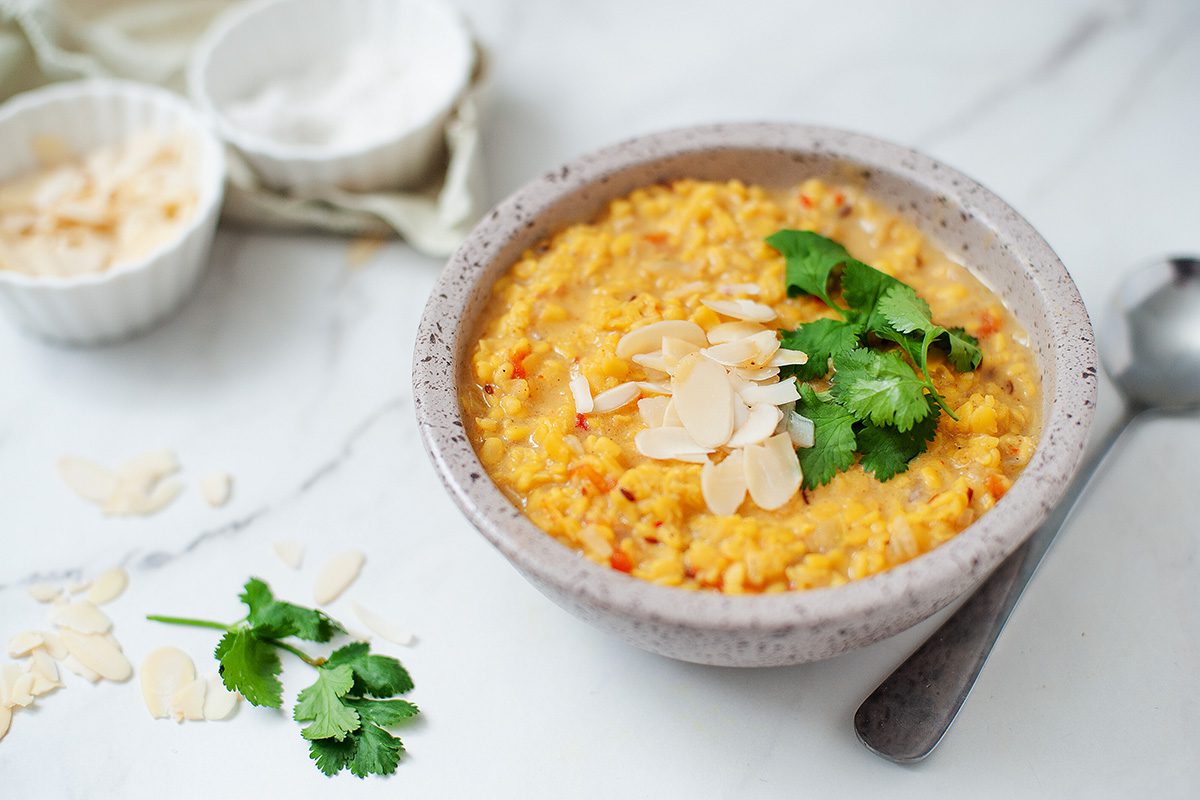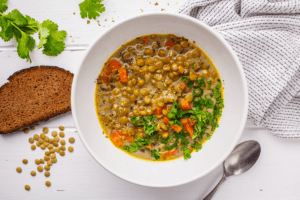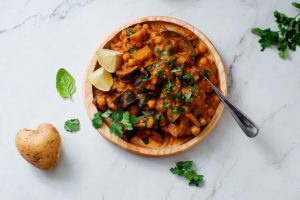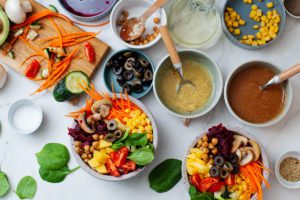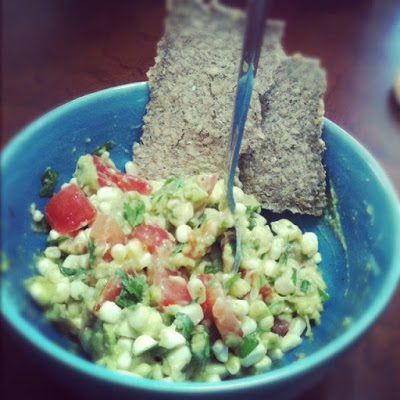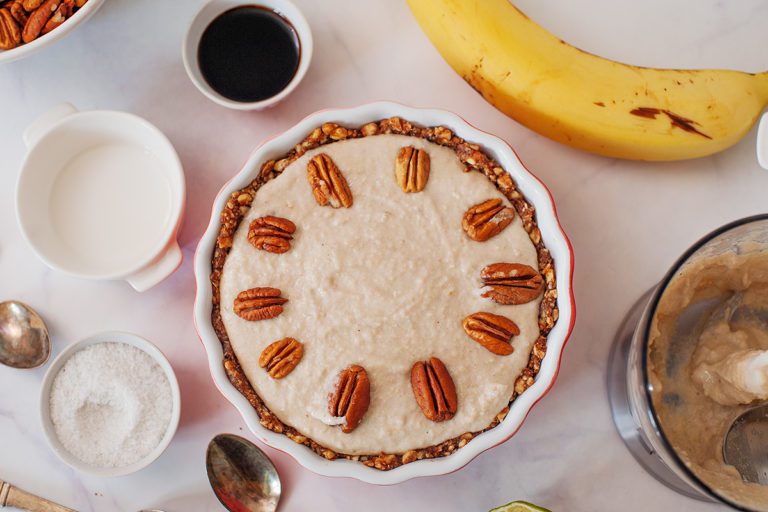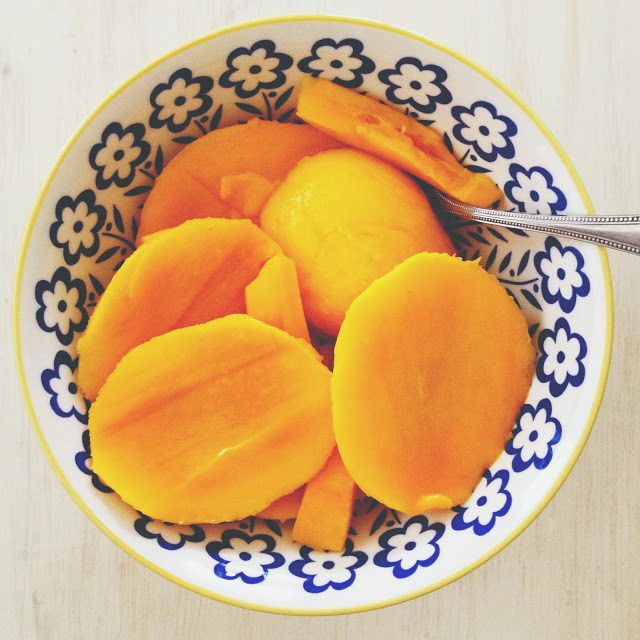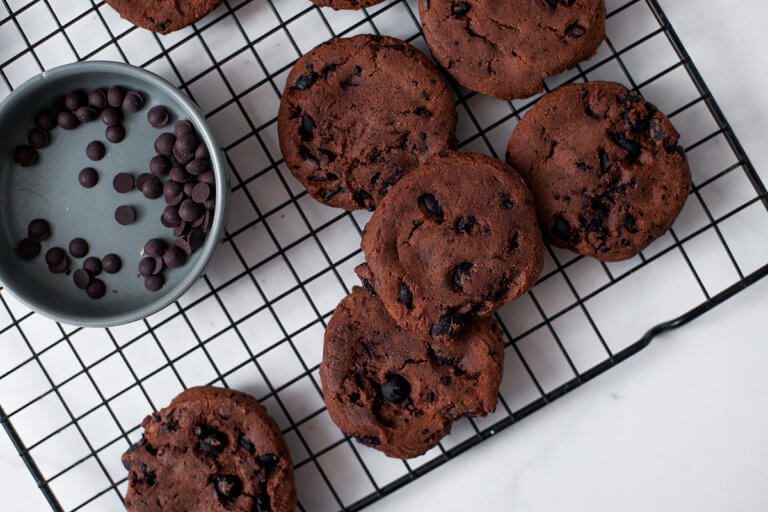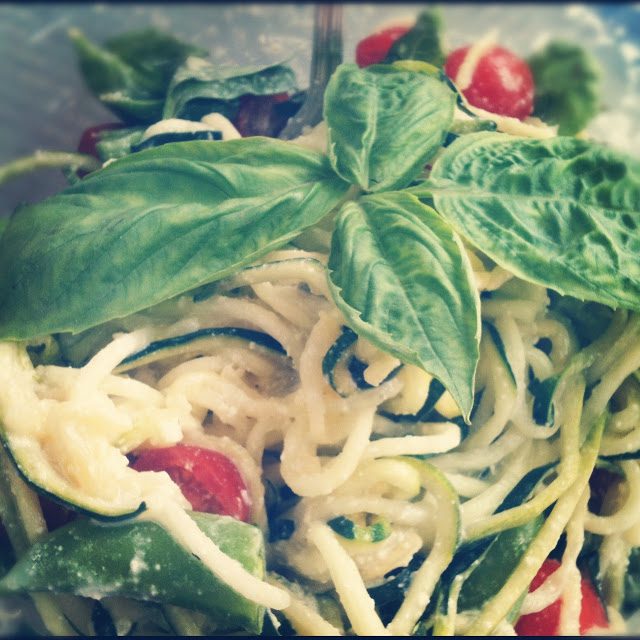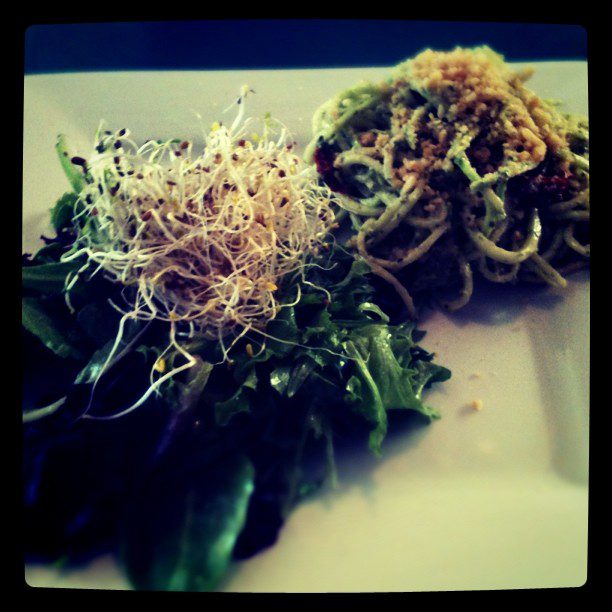I have spent some time in India, both in northern India (Rishikesh) and southern India (Goa). You know, the yogi tourist hot spots.
My favorite thing about India is the food (like most people who have been to India). But my favorite thing of all is dal with buttery naan. There are endless Indian recipes with urad dal to get me started. This urad split dal recipe is one of many dal recipes to come.
What Is Urad Dal?
Urad Dal, affectionately known in the culinary world as black gram or Vigna mungo, is a little gem in Indian cooking. This humble lentil, with its origins rooted in the Indian subcontinent, is a small wonder. When you split open these tiny, black-skinned legumes, you’re greeted by a surprise of creamy white goodness inside.
Urad Dal is a favorite for its comforting, smooth texture and a subtly rich flavor that’s just a bit nutty – perfect for anyone looking to add a twist to their meals. It’s not only a treat for your taste buds but also a boon for your health, brimming with protein, fiber, and a bunch of vitamins and minerals. Whether it’s whole, split, or ground into flour, Urad Dal finds its way into a variety of dishes, from hearty dals to crispy snacks and fluffy fermented bread.
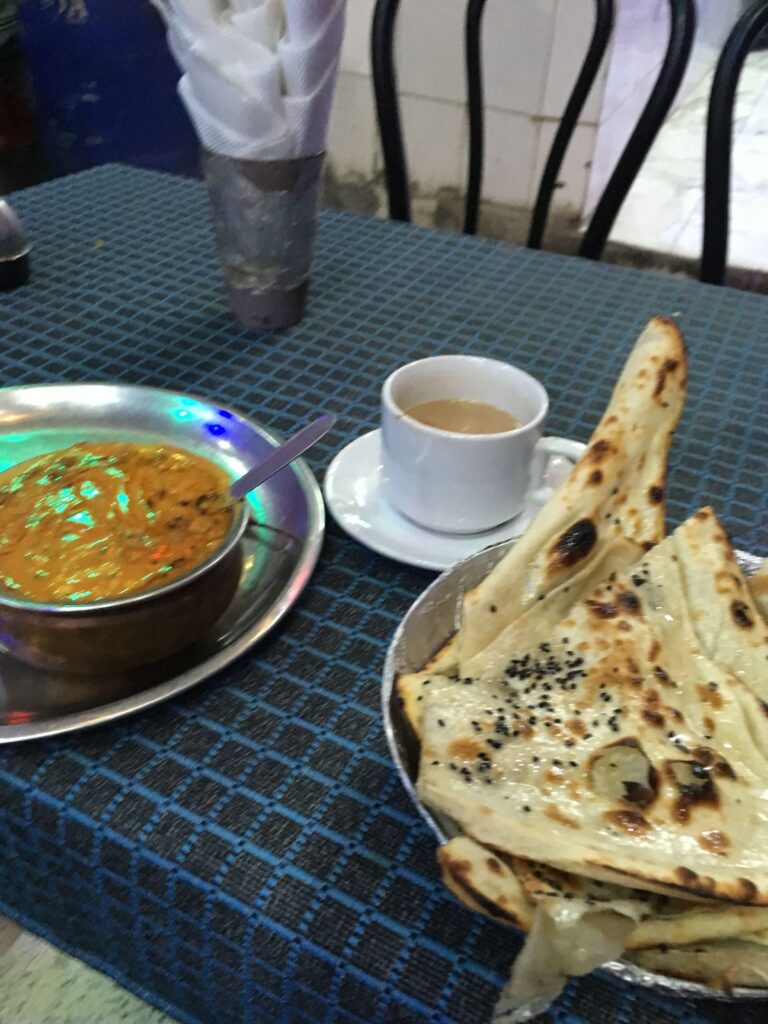

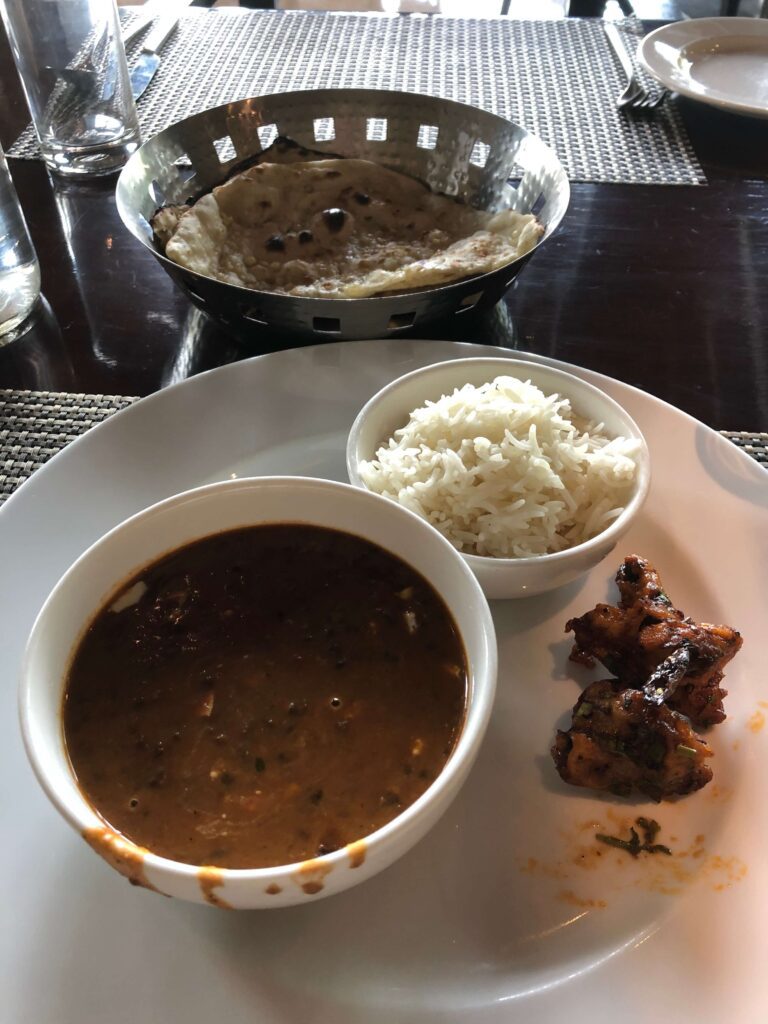

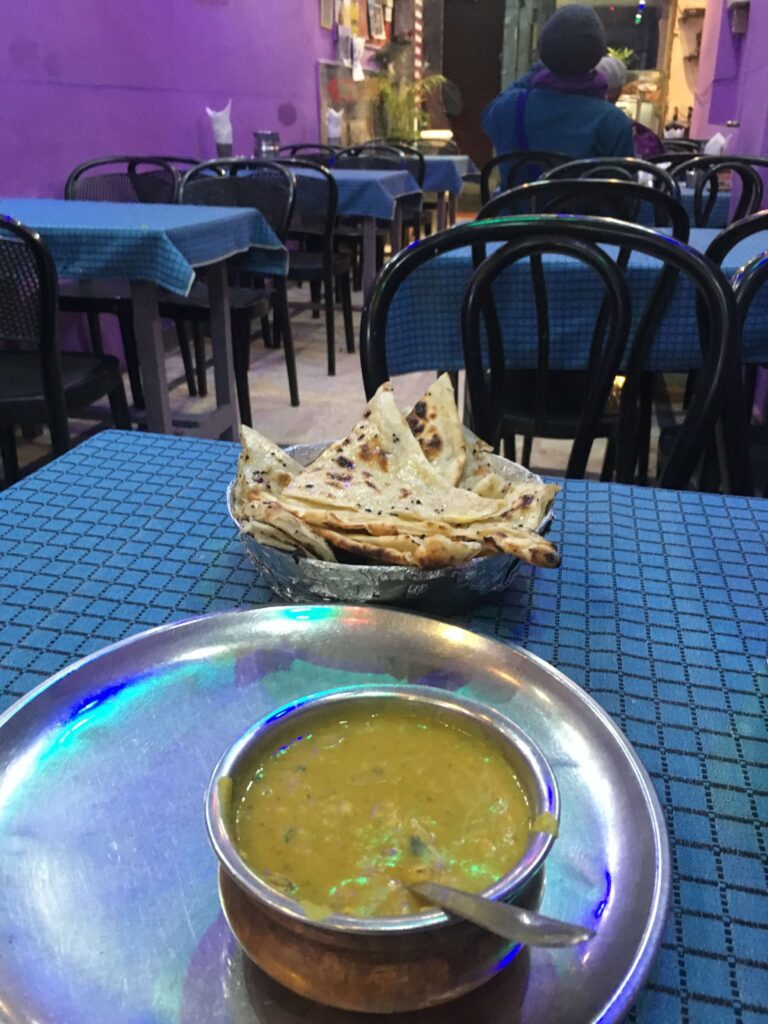

Urad Dal holds a place of pride in various regional cuisines across India, with its prominence notably shining in the culinary traditions of Southern and Northern India. In the South, it’s a key component in iconic dishes like idli, dosa, and vada, lending them their distinctive flavors and textures. Meanwhile, in Northern India, it transforms into rich, creamy dals and is often used in tempering for a variety of dishes.
According to Ayurvedic principles, Urad Dal is considered a ‘warming food’, which helps in balancing the Vata dosha. It’s known for its nourishing properties, being beneficial for the nervous system and a great energy booster. Ayurveda also values it for its high protein content, making it a recommended ingredient for strength and vitality. This blend of regional importance and Ayurvedic value not only makes Urad Dal a culinary treasure but also a testament to the rich, health-conscious food culture of India.
Tips For Making Urad Dal
Cooking with Urad Dal is an art that combines traditional methods with a touch of personal flair. Generally, the key to perfecting Urad Dal lies in its preparation and cooking process. Traditionally, it’s soaked for several hours to soften, which enhances its digestibility and shortens the cooking time. The cooking process itself is a gentle simmer, often with spices and aromatics, allowing the dal to absorb the flavors while maintaining its texture.
Achieving the right consistency is the most important part – it should be creamy but not mushy, holding its shape while being tender. The final tempering (tadka) with spices in hot oil or ghee is what truly elevates the dish, infusing it with an aromatic depth of flavor.
Here are some actionable tips to enhance your Urad Dal cooking experience:
- Soak Beforehand: Soak the dal for at least 4-6 hours, or overnight if possible. This reduces cooking time and improves digestibility.
- Rinse Thoroughly: Always rinse the dal multiple times until the water runs clear. This helps in removing any impurities and excess starch.
- Use Fresh Spices: For the tempering, use freshly ground spices or roast whole spices before grinding. This brings out a more vibrant flavor.
- Balance the Flavors: Add a pinch of asafoetida (hing) during tempering for a unique aroma and to aid digestion. Also, a squeeze of lemon juice at the end can enhance the dal’s flavor.
- Consistency is Key: Adjust the water quantity to achieve your desired consistency. Some prefer it thick and creamy, while others like it a bit more fluid.
- Slow Cooking: Simmer the dal on a low flame for a rich and deep flavor. This slow cooking process allows the dal to absorb the spices well.
- Garnish Wisely: Garnish with fresh coriander or a dollop of ghee for an extra layer of flavor and richness.
- Experiment with Aromatics: Don’t hesitate to experiment with different aromatics like garlic, ginger, or onions to find the taste that suits your palate.
How To Pressure Cook Black Urad Dal
If you prefer to use a pressure cooker or an Instant Pot for this Urad Dal recipe, the process becomes quicker and just as flavorful. Start by soaking the urad dal as instructed. For pressure cooking, combine the soaked dal, cardamom pods, bay leaf, chopped tomato, ginger-garlic paste, coconut milk, salt, red chili flakes, turmeric powder, and water in the pressure cooker. Secure the lid and cook on high pressure. In a traditional pressure cooker, this would typically take about 10-12 minutes after the first whistle.
If you’re using an Instant Pot, set it to ‘Pressure Cook’ mode and adjust the timer to 10 minutes. Remember, the Instant Pot takes a bit of time to build up pressure before the actual cooking begins. After the cooking time is up, allow the pressure to release naturally in both devices. This natural release is important as it continues to cook the dal to perfect tenderness. While the dal is resting, you can prepare the tempering in a separate pan as per the original recipe. Once the pressure has fully released, open the lid, add the tempered onions and garam masala to the dal, and give it a good stir.
If you’re using an Instant Pot, you can use the ‘Sauté’ function for a few minutes to simmer the dal after adding the tempering, which helps to blend the flavors beautifully. Finally, garnish with fried almond slices and fresh coriander leaves before serving. Using a pressure cooker or an Instant Pot not only saves time but also seals in the flavors, making your Urad Dal rich and delightful.
Regional and Ayurvedic-Inspired Additions
- Spinach or Greens: Inspired by North Indian cuisine, adding spinach or other greens can enhance the nutritional value and aligns with Ayurvedic principles of balancing the diet with leafy vegetables.
- Lemon Juice: A squeeze of lemon before serving is not just a South Indian touch for added zest but also aligns with Ayurvedic practices for aiding digestion and balancing the dish’s flavors.
- Asafoetida (Hing): A pinch of asafoetida during tempering is common in many Indian regions and is valued in Ayurveda for its digestive properties.
How To Make Split Urad Dal Recipe
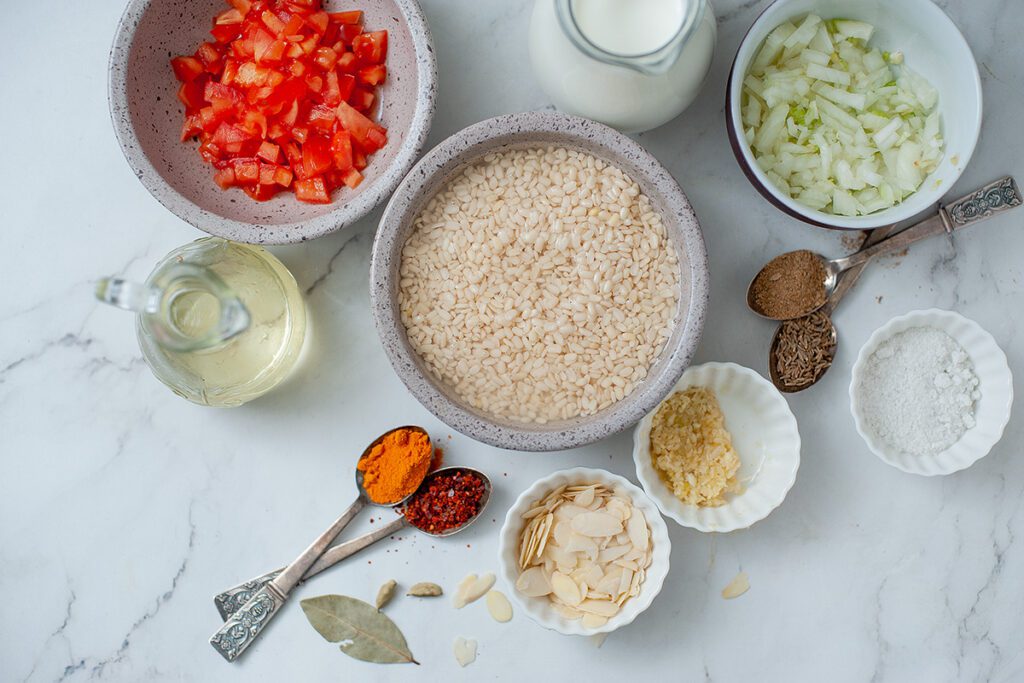

Begin by soaking the urad dal in water. This should be done for 4 to 5 hours, or you can leave it to soak overnight. This step is crucial for softening the dal and ensuring it cooks evenly. Once the dal has been soaked, it’s time to start cooking. In a large pot, combine the soaked urad dal, cardamom pods, bay leaf, chopped tomato, ginger-garlic paste, coconut milk, salt, red chili flakes, turmeric powder, and 2 cups of water. Stir everything together thoroughly to ensure the ingredients are well mixed.
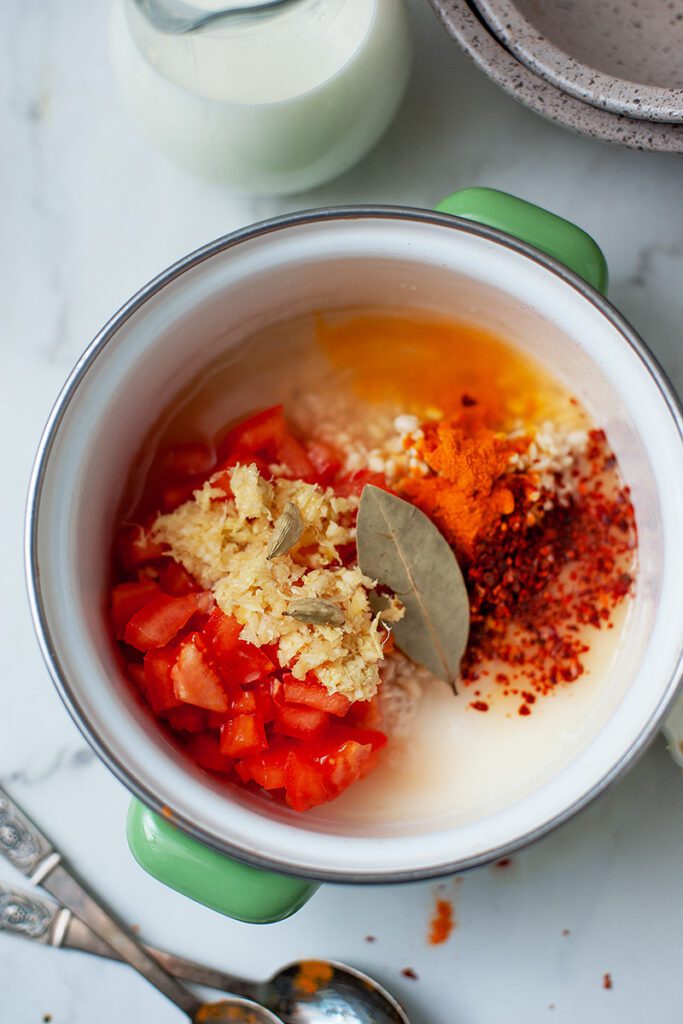

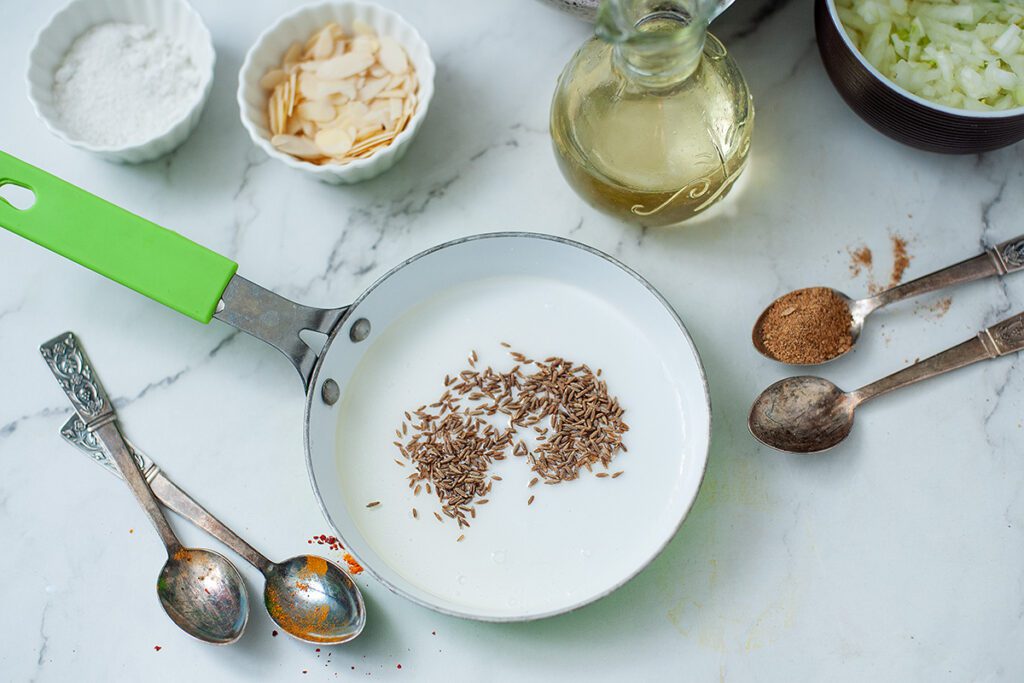

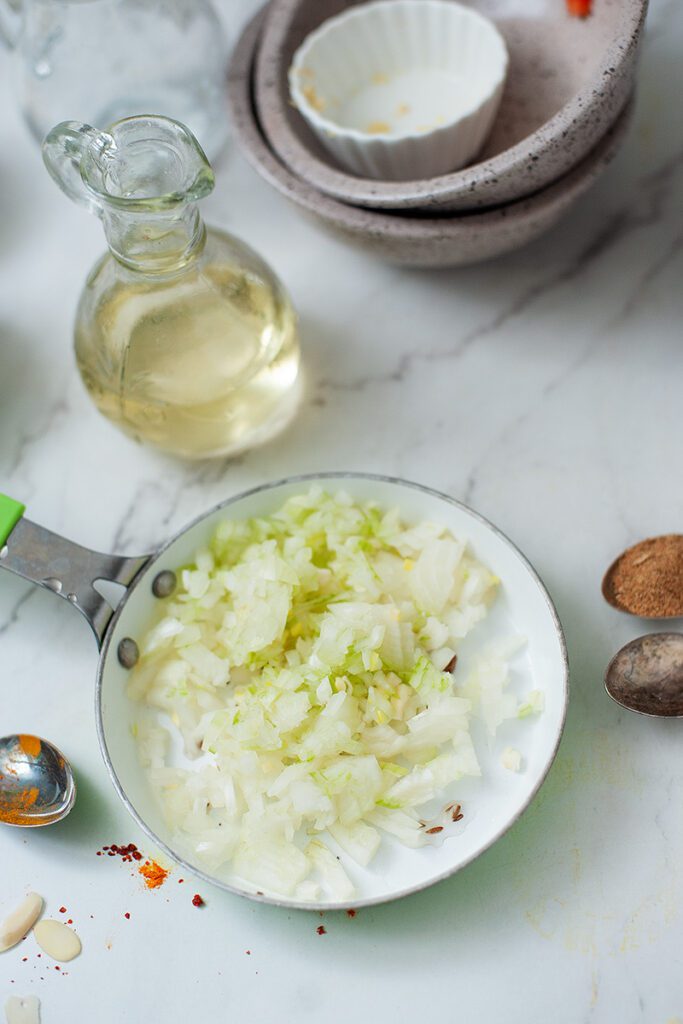

Place the pot on the stove and bring the mixture to a boil. Once it reaches a boil, reduce the heat to low and let it simmer. You’ll want to cook it over this low heat for about 30 minutes, or until the urad dal becomes tender. This slow cooking process allows the flavors to meld together and the dal to absorb the rich spices.
While the dal is simmering, you can prepare the tempering, which will add a burst of flavor to the dish. Heat some coconut oil in a separate pan over medium heat. Add cumin seeds to the hot oil. Wait for the seeds to start crackling – this is a sign they are releasing their flavors. At this point, add the chopped onions to the pan. Cook the onions until they turn a golden brown color, which will add a lovely sweetness to the dish.
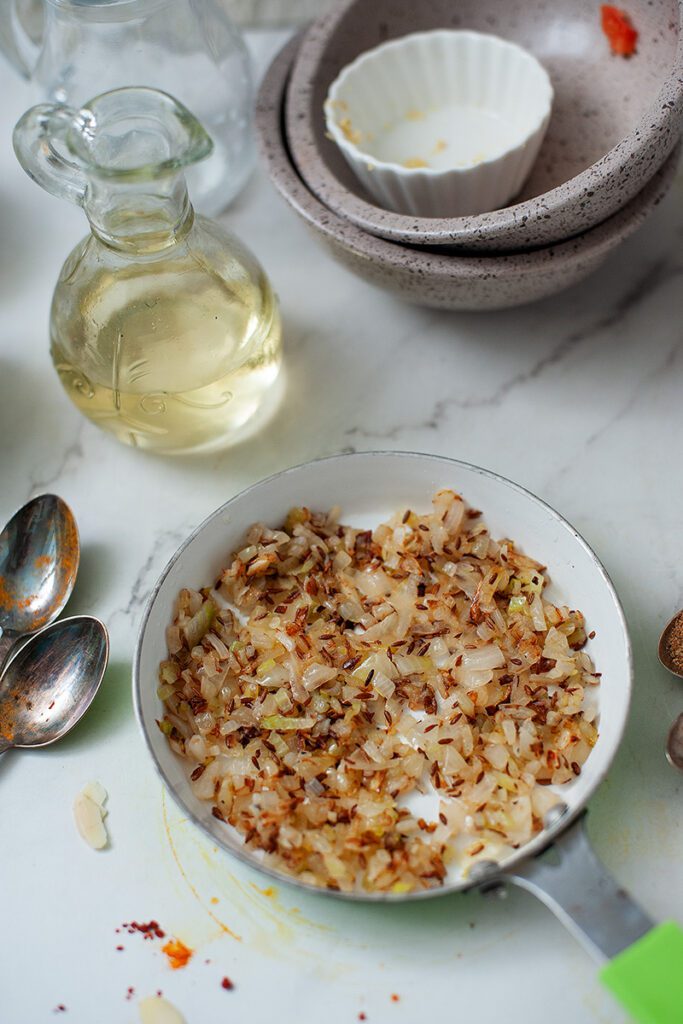

Once your onions are perfectly browned, add them to the pot of simmering dal. Also, add a teaspoon of garam masala at this stage for an extra layer of flavor. Stir the mixture and let the dal simmer for a few more minutes. This allows the dal to absorb the flavors of the onions and garam masala.
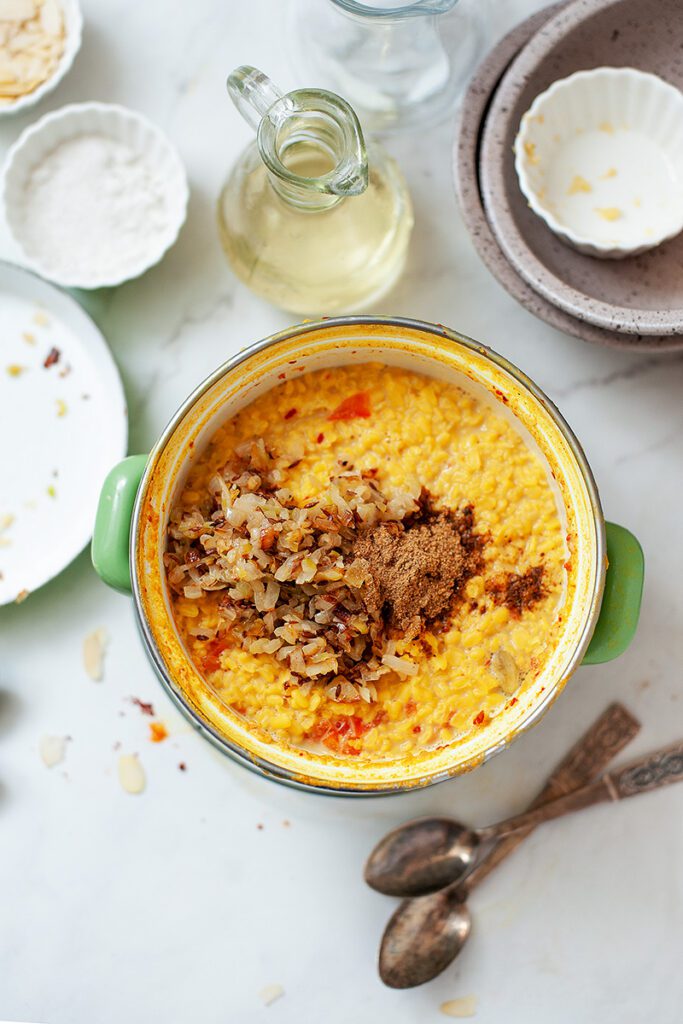

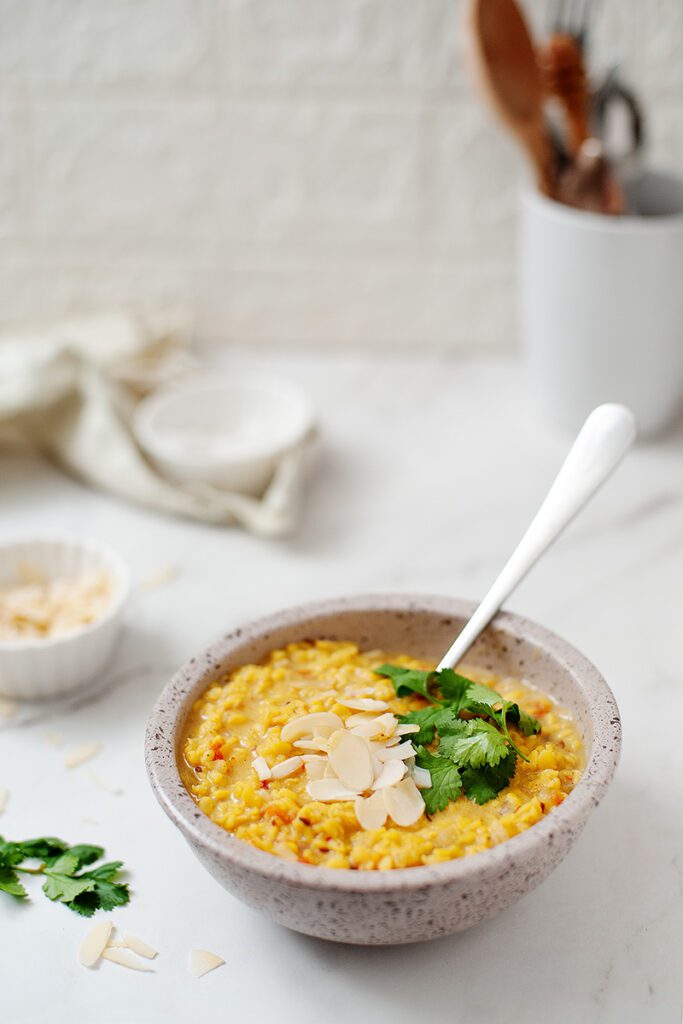

Finally, it’s time to garnish. Sprinkle fried almond slices and fresh coriander leaves over the dal. These garnishes not only add a delightful crunch and freshness but also enhance the visual appeal of the dish. Your urad dal is now ready to be served, ideally with a side of rice or bread for a complete meal.
Urad Split Dal Recipe
Equipment
Ingredients
- 1 cup split urad dal
- 1 tomato chopped
- 1 tsp ginger garlic paste
- 1/2 cup coconut milk
- 1 tsp turmeric powder
- 1 tsp chili flakes
- 1 bay leaf
- 2 cardamom pods
- 2 tbsp coconut oil melted
- 1 tsp cumin seeds
- 1 onion medium sized
- 1 tbsp sliced almonds
- 1 tsp garam masala
Instructions
- Soak the urad dal in water for 4 – 5 hours or overnight.
- Combine the dal, cardamom pods, bay leaf, chopped tomato, ginger – garlic paste, coconut milk, salt, red chili flakes, turmeric powder, and 2 cups of water in a pot. Mix well to combine.
- Boil and cook over low heat for 30 minutes or till urad dal gets tender.
- Heat coconut oil in a pan, add the cumin seeds. When the seeds crackle, add the onions, and cook till the onion turns golden brown.
- Add onion and garam masala to the dal.
- Let the dal simmer over low heat for a few minutes.
- Garnish urad dal with fried almond slices and fresh coriander leaves.
Notes
- Store any leftover Urad Split Dal in an airtight container in the refrigerator. It will stay fresh for up to 3-4 days.
- For longer storage, you can freeze the dal in freezer-safe containers or bags for up to 1 month. Thaw in the refrigerator before reheating.
Common Questions
What is the use of split urad dal?
Split Urad Dal, with its creamy texture and mild flavor, is incredibly versatile in Indian cuisine. It’s primarily used in making dal, a staple dish where the lentils are cooked into a thick, flavorful stew, often seasoned with a variety of spices and herbs. Split Urad Dal is also a key ingredient in many South Indian dishes, such as dosa and idli batters, where it contributes to the fermentation process and adds a delightful texture. Additionally, it’s used in tempering for added flavor in various dishes and can be ground into flour for use in breads, fritters, and even desserts.
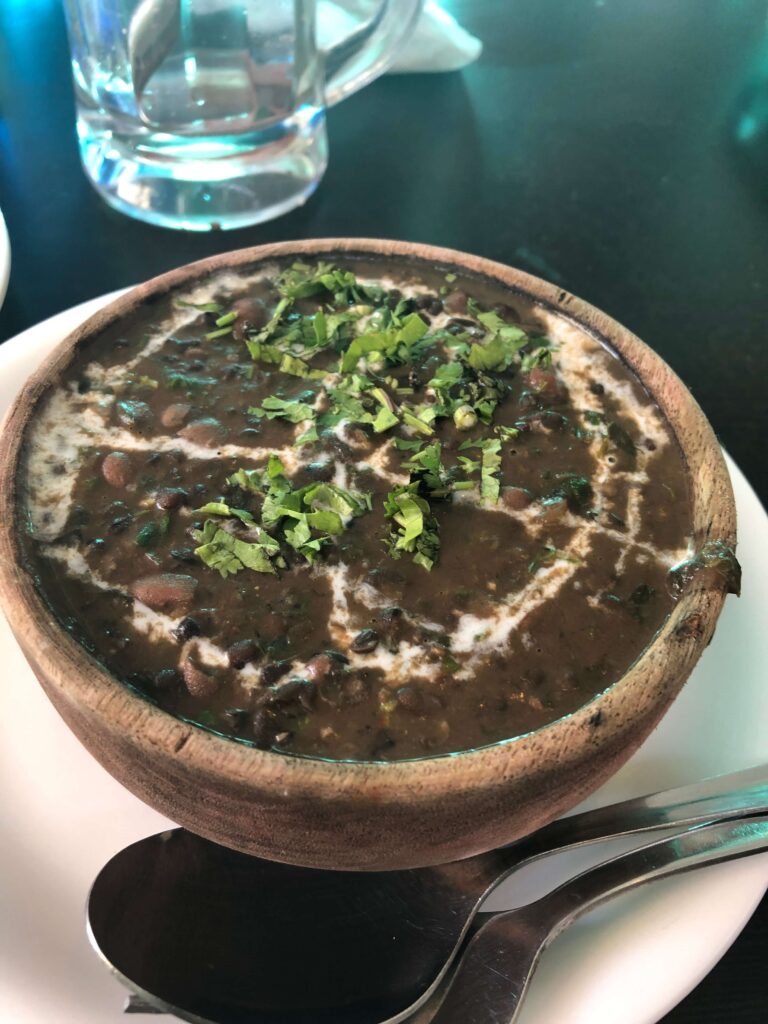

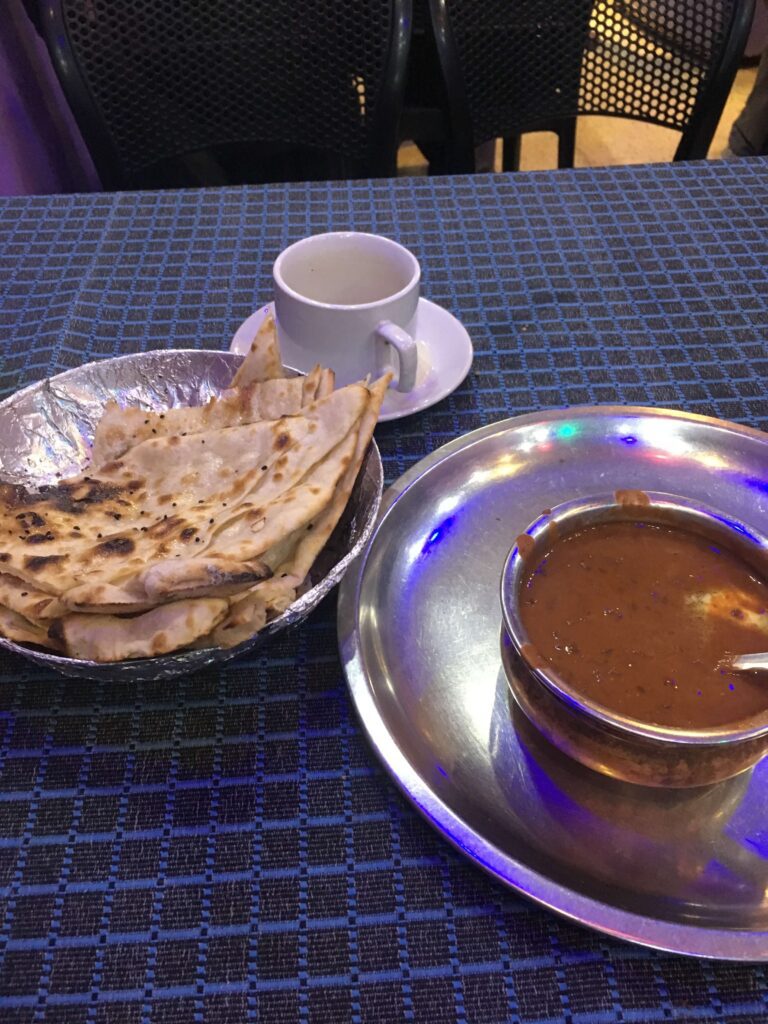

Here are some common recipes that feature Urad Dal:
- Dal Makhani: A creamy, buttery dal from Punjab made with whole urad dal, kidney beans, and infused with spices like cumin seeds, cardamom, cinnamon, cloves, and bay leaves, finished with butter and cream.
- Idli: Soft, steamed cakes from South India made from a fermented batter of urad dal and rice, typically seasoned with mustard seeds, curry leaves, and sometimes asafoetida (hing) in the accompanying chutney or sambar.
- Dosa: Thin, crispy crepes from South India made from a fermented batter of urad dal and rice, often served with chutneys and sambar that include mustard seeds, curry leaves, cumin, and ginger.
- Vada: Savory fried snacks made from a batter of ground urad dal, flavored with spices and herbs like cumin seeds, black pepper, curry leaves, and sometimes green chilies and onions.
- Urad Dal with Spinach: A nutritious dish combining urad dal and spinach, seasoned with garlic, cumin, mustard seeds, and sometimes garam masala or red chili powder.
- Urad Dal Tadka: Cooked urad dal tempered with spices like cumin, mustard seeds, asafoetida (hing), garlic, dried red chilies, and sometimes garam masala or coriander powder.
- Medu Vada: Crispy, fried vadas made from a spiced urad dal batter, typically including black pepper, curry leaves, cumin seeds, and sometimes chopped green chilies and ginger.
- Urad Dal Puri: Deep-fried breads with dough mixed with cooked and spiced urad dal, often including fennel seeds, garam masala, and amchur (dry mango powder).
- Urad Dal Kachori: Stuffed, deep-fried snacks with a spiced urad dal filling, typically including spices like fennel seeds, coriander seeds, garam masala, and asafoetida (hing).
- Urad Dal Halwa: A sweet dessert made from ground urad dal, ghee, sugar, and milk, flavored with cardamom, often garnished with almonds or cashews.
Does urad dal need to be soaked?
Yes, soaking Urad Dal is generally recommended, especially for whole urad dal. Soaking helps in reducing cooking time, makes the cooked dal easier to digest, and enhances its texture. For split urad dal, soaking time can be shorter compared to whole urad dal. A few hours of soaking is sufficient, but even a quick 30-minute soak can make a significant difference in the cooking process.
What is the difference between whole urad dal and split urad dal?
The primary difference between whole urad dal and split urad dal lies in their processing and cooking properties. Whole urad dal is the unprocessed bean with the black skin intact, offering a stronger, earthier flavor and a denser texture. It’s ideal for dishes where a firmer texture is desired and is often used in curries. Split urad dal, on the other hand, is the whole bean that’s been split and usually has the skin removed, revealing a white interior. It cooks faster, has a milder flavor, and a creamier texture, making it suitable for soups, stews, and batters. The choice between whole and split black urad dal depends on the desired outcome in terms of flavor, texture, and cooking time.
